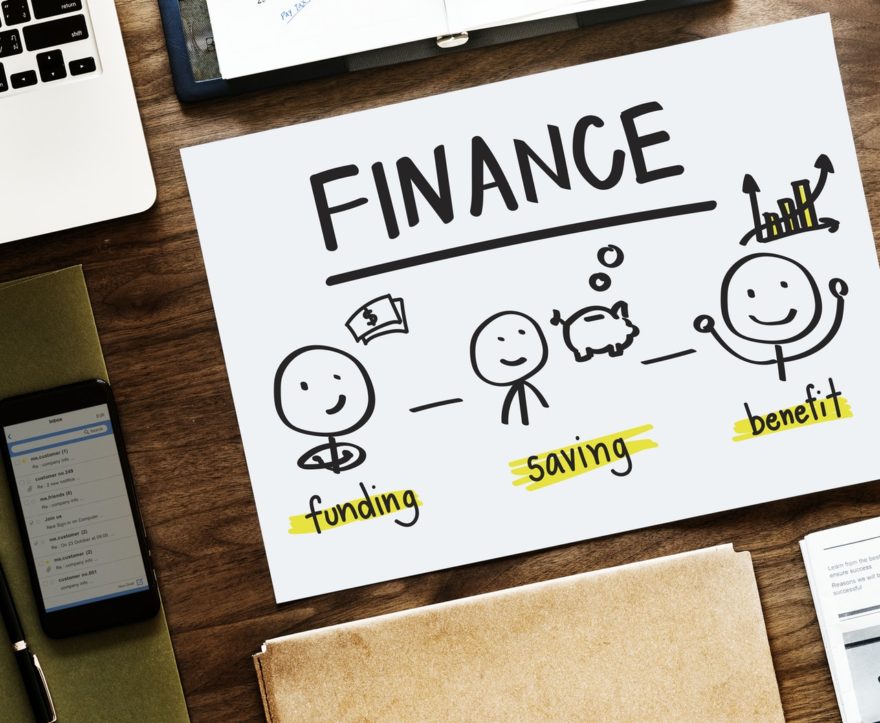Is this a terrible time to become a wealth builder? With market uncertainty from the Coronavirus, and the very real destruction of jobs and income, it’s easy to dispair. But you shouldn’t and here’s why.
There remains a unique opportunity in America to become financially independent. Building wealth is a slow process that requires patience, discipline, and smart decisions. But once that process has begun, it is simple. And by simple, I mean not complex. That’s not to say it is easy! Like running a marathon, it’s a long haul, but it is also just one step at a time.
You can begin those steps today. We offer two programs at Good Life Wealth Management. Our Premier Wealth Management program provides holistic financial planning and tactical asset management for investors with assets over $250,000. The Wealth Builder Program is designed for investors who are starting out and have less than $250,000 to invest. In fact, many of my clients in the program start with zero dollars to invest with me.
You can read more about the Wealth Builder Program here. Today, I want to share three reasons why now is a great time to start the process.
Long-term Expected Returns
Investing should be a 30+ year process, but people are so focused on the month to month volatility. Don’t! It’s noise that will distract from your goals. The Vanguard Capital Markets Model, projects the following expected annualized returns for the next 10 years (as of June 3, 2020):
- US Large Cap 5.4% to 7.4%
- US Small Cap 6.2% to 8.2%
- International Equity 8.5% to 10.5%
That’s not bad. Will Vanguard be right? No one knows. But I do know that leaving your money in a bank account earning 0% won’t grow. If you have more than 10 years until retirement, history suggests you are likely to be wise to invest. And if the market does drop, that is often a great buying opportunity for investors in Index Funds. Stick with diversified funds, and Dollar Cost Average with monthly automatic contributions.
Consider Inflation
Right now, there is no inflation and the concern in the near months is deflation. However, globally, governments are expanding the supply of money and taking on new debt at an unbelievable pace. How will economies be able to repay all this debt?
There are a couple of possible scenarios. Some smaller countries will default and not repay their debt. Some will introduce austerity measures, slash spending, and raise taxes. This will be very unpopular. I think the preferred way for many developed economies will be to try to gradually inflate out of debt. That is to say, it is easier to repay a fixed dollar amount of debt as the GDP and taxes of a country grows. So, some inflation will be good and very welcome.
Inflation does not help consumers, as the cost of living increases. We also have very low interest rates today, which penalizes savers. But if the eventual scenario is modest inflation, it will benefit borrowers like the government. People who hold cash – nominal dollars – will see their purchasing power decline with inflation. Wealth Builders investing in stocks and real assets are more likely to see their net worth grow in times of inflation.
Positive Wealth Building Habits
Over the past 16 years as a Financial Advisor, I’ve met many people who are financially independent and observed their personal characteristics. Successful investors are not necessarily smarter than everyone else, but they usually are optimistically committed to good savings habits.
We’ve certainly had bad times in the past 20 years. It hasn’t been an easy road. We had the Tech bubble, followed by 9/11, and struggled with an unprecedented three down years in a row. The Death of Equities? No. We had the housing bubble and crash in 2008-2009. Was that the end of investing? No.
There are times when you have big drops and it’s ugly. Today, people may be thinking that the world is going to hell in a handbasket and that investing now would be pointless. But that is exactly what investors over the past 20 years faced, and it turned out fine. That’s why I think it’s important to educate yourself on history and think positive. Create wealth building habits now without worrying about what is going to happen in the rest of 2020.
- Make automatic contributions to your accounts like a 401(k) or IRA. Dollar Cost Average and keep investing.
- Diversify. Consider Index Funds as core holdings. Evidence shows that a majority of active funds underperform their benchmark over 5 or more years.
- Don’t get greedy. Chasing performance can hurt returns. Avoid speculating on individual stocks, sectors, or countries.
- You cannot control what the market does. Your goal should be to be a participant in the market, not to try to get in and out of the market.
- Focus on what you can control: your mix of investments (asset allocation), and keeping taxes and expenses low. Rebalance.
- Live beneath your means. Keep your housing and car expenses down and create the room in your budget to save. Increase your savings rate over the years, not your lifestyle expenses.
Conclusion
In spite of today’s uncertainty, there are reasons why young people need a plan to become a wealth builder. Long-term equity expected returns are still attractive, especially relative to cash and 10-year bonds. If you anticipate inflation picking up over the next several decades. you want to be invested for growth. Good savings and investing habits can create wealth over time. The more years you have, the earlier you start, the more chance to compound your returns. Eventually, your money will work for you.
In our Wealth Builder Program, we begin with a Balance Sheet to quantify all your assets and liabilities. For many young professionals, this often starts as a negative number. We will track your net worth and create a plan to save, invest, and grow your wealth. We will address risks to you and your family and develop a plan that’s unique to your situation.
Yes, you can always wait for tomorrow. A decade ago, we had just come out of a crash. As of May 31, 2020 the 10-year annualized return of an S&P 500 fund (SPY) is 13%. Were people wildly optimistic 10 years ago about the opportunity to invest? No. There’s never that degree of confidence and certainty. You just have to get started and commit to making it work. Ready to become a wealth builder? Email me for information.
Past performance is no guarantee of future results. Investing involves risk of loss of capital. Dollar cost averaging cannot guarantee against a loss.













